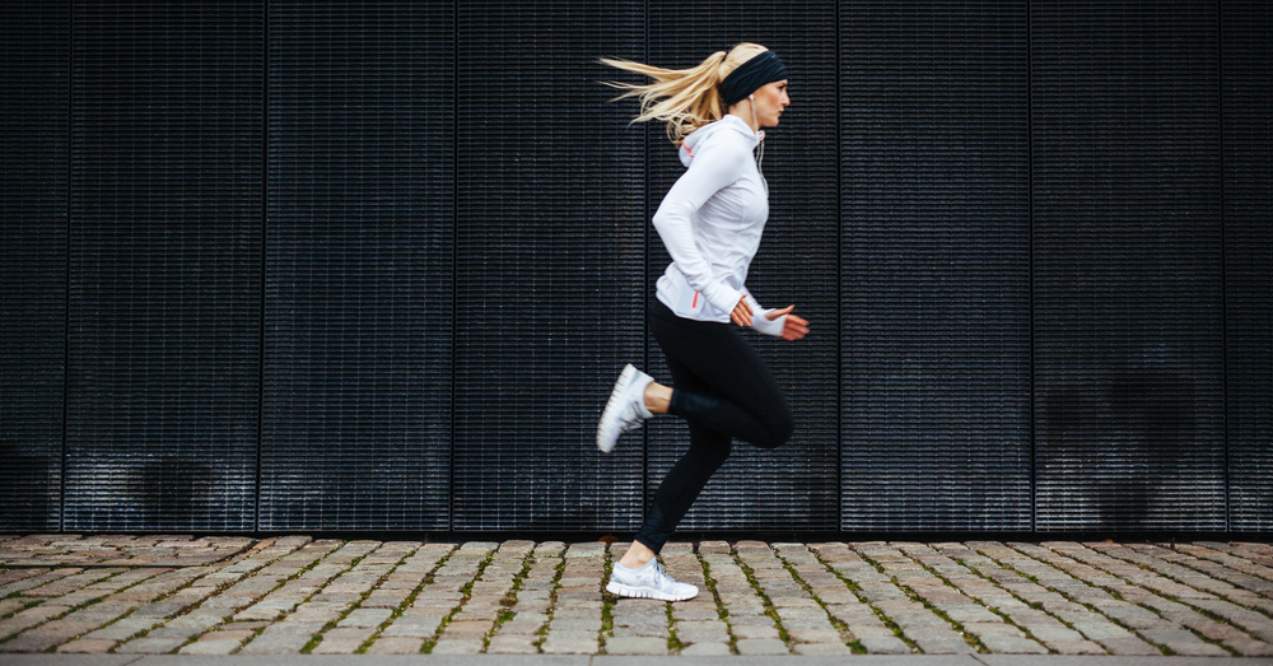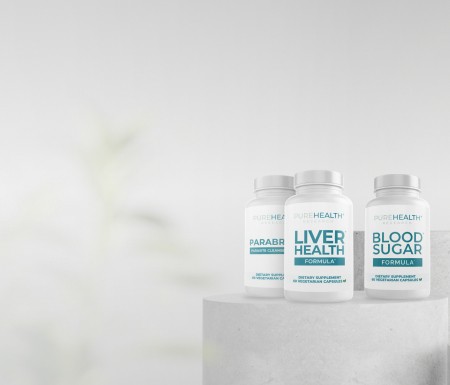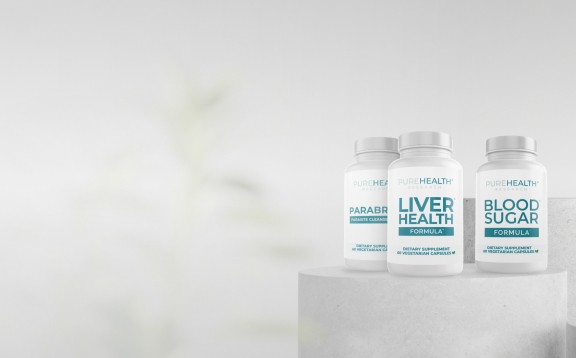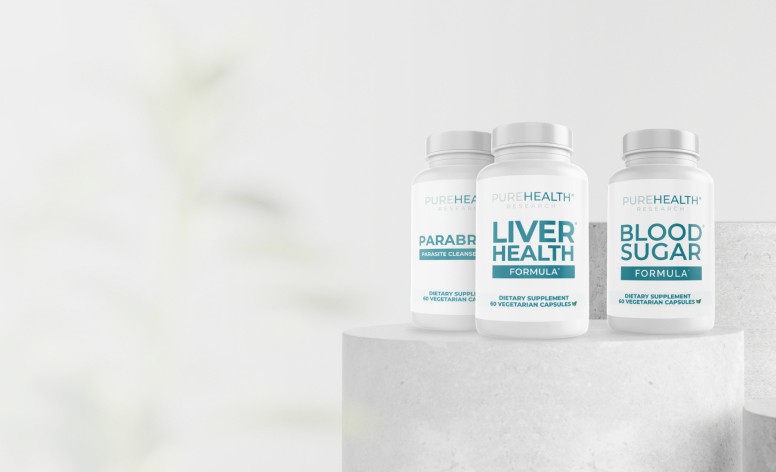Working Out With UTI: Should You Do It?
Get answers and discover practical strategies to maintain your fitness goals while managing urinary tract infections. Start your journey to wellness today!


Working out with UTI is a topic that many individuals ponder when faced with the discomfort and inconvenience of a urinary tract infection. In short, a UTI is an infection that can affect any part of the urinary system, including the bladder, kidneys, ureters, and urethra, leading to symptoms like pain, burning during urination, and frequent urges to urinate.
Given their prevalence, it is not unusual for those affected to wonder about the implications of continuing their exercise routines while experiencing a UTI. Therefore, the importance of understanding the interplay between physical activity and UTIs cannot be overstated, as it informs decisions about whether to proceed with, modify, or temporarily halt exercise routines.
This blog post aims to reveal the relationship between UTIs and exercise, providing insights into whether it is safe to engage in specific types of workouts, how physical activity might influence UTI symptoms, and offering guidance on how to manage an active lifestyle when faced with a UTI.
Working Out With UTI: Is It Dangerous?

Working out with UTI presents a complex dilemma, as the interaction between physical activity and urinary tract infections (UTIs) can vary significantly from person to person. The key to working out with a UTI lies in understanding both the potential risks and the benefits associated with exercise during an infection.
Generally, mild to moderate physical activity might not be harmful and could support overall well-being, provided it does not aggravate UTI symptoms. Moreover, understanding how long does a UTI last can provide important insights into managing one’s fitness routine. The duration of a UTI varies, with most cases resolving within a week with proper treatment. During this period, high-intensity workouts or exercises that put excessive pressure on the bladder could potentially exacerbate symptoms, leading to increased discomfort.
Balancing the intensity of workouts and listening to your body’s signals is essential. If exercising leads to pain or worsens symptoms, it is advisable to reduce the intensity or take a break until symptoms improve. Thus, while not inherently dangerous, exercising with a UTI requires careful consideration and moderation to avoid worsening the condition.
Can You Run With a UTI?

Running with a urinary tract infection (UTI) can be challenging due to the discomfort and potential risks involved. While physical activity is generally beneficial for overall health, running with a UTI can exacerbate symptoms and prolong recovery time.
Questions regarding the impact of physical activity, such as “can a UTI cause bloating,” highlight the complexities of exercising while dealing with a UTI. Bloating, along with the frequent urge to urinate, can make running not only uncomfortable but also difficult. The physical exertion from running may intensify these symptoms, potentially leading to increased discomfort and the need for frequent bathroom breaks.
Therefore, it is crucial to monitor how your body responds to running during a UTI. If you find that the activity worsens your symptoms or causes discomfort, it may be more beneficial to prioritize gentler forms of exercise or allow your body to rest until the UTI symptoms are fully resolved. This approach ensures that your exercise routine supports your health without compromising your recovery.
Can You Lift Weights With a UTI?

Working out with UTI, especially when it comes to weightlifting, requires careful consideration due to the strain this form of exercise places on the body. Weightlifting involves significant abdominal and pelvic floor engagement, which can potentially exert pressure on the bladder and urinary tract. For individuals experiencing a UTI, this added pressure may lead to increased discomfort or a sensation of urgency, possibly affecting the body’s ability to manage symptoms effectively.
While moderate physical activity can be beneficial for overall health, it is important to assess how weightlifting impacts your UTI symptoms. If you find that the activity exacerbates discomfort, it might be prudent to adjust your routine, opting for lighter weights or lower-impact forms of exercise.
Will Exercise Make a UTI Worse?

The question of whether it is bad to work out with a UTI is a common concern for many seeking to maintain their fitness routine while managing this condition. The relationship between physical activity and UTIs is not straightforward, as the impact of exercise on UTI symptoms or recovery can vary widely among individuals.
Generally, moderate exercise is not considered harmful and might even support overall health, potentially aiding the body’s natural management of mild infections. However, certain types of high-intensity or high-impact workouts could potentially exacerbate UTI symptoms for some individuals. Activities that place significant pressure on the bladder or pelvic area, such as heavy lifting, intense core workouts, or certain high-impact cardio exercises, may increase discomfort or urgency.
It is important to monitor how your body responds to exercise during a UTI and adjust accordingly. Opting for gentle, low-impact activities like walking, yoga, or swimming might be more comfortable and less likely to aggravate symptoms.
If you want to learn more about UTI and its spread, take a look at our article: Are UTIs Contagious?
5 Tips For Working Out with UTI
Can you exercise with a UTI? In short, exercising with a UTI can be challenging, but with the right approach, it is possible to continue your fitness routine while managing symptoms. Here are five practical tips to help you work out safely and effectively during this time:
1. Drink Enough Water
Hydration is key when dealing with a UTI. Drinking plenty of water before, during, and after your workout can help flush bacteria from your urinary tract, potentially aiding in symptom management. Ensuring adequate hydration can also prevent dehydration, especially important since some exercises can increase fluid loss. Aim for clear, pale urine as a sign of good hydration, and consider carrying a water bottle with you to encourage frequent sips throughout your workout.
2. Choose the Right Clothes
Opt for moisture-wicking and breathable workout attire to help keep the pelvic area dry and reduce the risk of irritation. Tight-fitting clothing or materials that trap moisture can create an environment that may aggravate UTI symptoms. Instead, choose loose-fitting, comfortable garments made from fabrics designed to keep moisture away from your skin, supporting a healthier environment for recovery.
3. Keep Within Bathroom Reach
When planning your workout, ensure you have easy access to bathroom facilities. UTIs often increase the frequency and urgency of urination, so being able to use the restroom as needed is crucial. This might mean choosing a gym layout where bathrooms are accessible or planning outdoor activities with public restrooms along your route. Minimizing discomfort and stress associated with the need for frequent bathroom breaks can make your workout more manageable.
4. Shower Shortly After the Workout
To minimize the risk of exacerbating UTI symptoms, it is advisable to shower soon after finishing your exercise routine. This helps remove sweat and bacteria from the skin, reducing the chance of further irritation to the urinary tract. A quick change out of damp workout clothes and a gentle shower can go a long way in maintaining personal hygiene and comfort during a UTI.
5. Listen to Your Body
The most critical advice when working out with a UTI is to listen to your body’s signals. If a particular activity causes pain, discomfort, or seems to worsen your symptoms, consider scaling back or choosing an alternative form of exercise. Your body’s response to physical activity can vary, and what might be manageable one day could be uncomfortable the next. It is essential to adjust your workout intensity, duration, and type based on how you feel, prioritizing your health and well-being above sticking rigidly to a fitness regimen.
By implementing these tips, individuals with a UTI can navigate their exercise routines more comfortably and safely. Balancing the benefits of physical activity with the need for symptom management requires attentiveness and flexibility, but it is certainly achievable with the right precautions.
UTI Prevention and Treatment

Managing and preventing UTIs, especially within the context of an active lifestyle, involves a combination of lifestyle changes and, when necessary, medical interventions. To prevent UTIs, it is crucial to stay hydrated, maintain good personal hygiene, and urinate regularly, especially before and after sexual activity and exercise, to help flush out bacteria. Additionally, choosing the right clothing during workouts – preferably moisture-wicking fabrics – can reduce the risk of creating environments that foster bacterial growth.
For those experiencing symptoms of a UTI, consulting a healthcare professional is important for appropriate treatment, which may include antibiotics for bacterial infections. Implementing dietary changes, such as increasing vitamin C intake and avoiding irritants like caffeine and spicy foods, can also support urinary tract health. Together, these strategies can help manage UTIs and reduce their occurrence, allowing individuals to maintain an active and healthy lifestyle.
Tips for Preventing UTIs
Preventing urinary tract infections (UTIs) involves a multifaceted approach, combining lifestyle changes, dietary adjustments, and, when appropriate, the use of supplements designed to support urinary health. Here are several evidence-based strategies for reducing the risk of UTIs:
- Stay Hydrated – Drinking plenty of water helps flush bacteria from the urinary tract, reducing the risk of infection. Scientific studies suggest that increased fluid intake is associated with a lower risk of UTI development.
- Practice Good Hygiene – Proper hygiene, especially after using the bathroom and before sexual activity, can help prevent bacteria from entering the urinary tract.
- Urinate When Needed – Avoid holding urine for long periods, as this can give bacteria a chance to multiply. Urinating frequently ensures bacteria are flushed out regularly.
- Cranberry Supplements – Some research indicates that cranberry products can help prevent UTIs by preventing bacteria from adhering to the urinary tract walls.
- Use of Probiotics – Beneficial bacteria found in probiotics can support the health of the urinary tract by inhibiting the growth of harmful bacteria.
Additionally, consider incorporating the best supplements for women’s health into your regimen for an added layer of support in managing urinary health. Remember, supplements should complement, not replace, conventional strategies for preventing UTIs, such as staying hydrated, practicing good hygiene, and urinating when needed. Finally, always consult with a healthcare provider before starting any new supplement, especially if you have existing health conditions or are taking medications.
Finally, among many common misconceptions about UTIs, a question frequently arises: can saliva cause a UTI? It is important to note that UTIs are typically caused by bacteria from the gastrointestinal tract entering the urinary system, not through the exchange of saliva. Therefore, there is no direct link between exchanging saliva and acquiring a UTI. Focusing on factual prevention methods, like those mentioned above, is important in effectively reducing the risk of UTIs.
Tips for Treating UTIs
Treating urinary tract infections (UTIs) effectively requires a combination of medical intervention and supportive home care measures. Here are evidence-based tips for managing UTI symptoms:
- Seek Medical Advice – Prompt consultation with a healthcare provider is crucial for accurate diagnosis and treatment, typically involving antibiotics to combat the bacterial infection.
- Heat Therapy – Applying a warm heating pad to the lower abdomen can help alleviate pain and discomfort associated with UTIs.
- Cranberry Juice – Some studies suggest that cranberry juice may decrease the number of UTIs over time in people with recurrent UTIs by preventing bacteria from adhering to the urinary tract walls.
- Avoid Irritants – Reducing intake of bladder irritants like caffeine, alcohol, spicy foods, and acidic fruits can help minimize UTI symptoms and discomfort.
Implementing these tips can support the treatment process of UTIs, alongside prescribed medication. Always follow your healthcare provider’s recommendations for the best outcomes.
Conclusion
In conclusion, exercising with a UTI requires caution and awareness of your body’s limits. While light activities such as walking or gentle yoga can be beneficial, it’s crucial to avoid strenuous workouts that might exacerbate symptoms. Staying hydrated and listening to your body are key to managing a UTI while maintaining some level of physical activity. Always consult with a healthcare professional to determine the best approach for your specific situation.
It is generally not recommended to swim with a UTI. Chlorinated water can irritate the urethra and worsen UTI symptoms. Additionally, swimming pools can harbor bacteria that may further increase the risk of infection.
Running with a UTI is not inherently dangerous, but it may exacerbate symptoms and discomfort. Vigorous exercise can put additional strain on the body and potentially worsen UTI-related pain or discomfort. It is advisable to rest and seek medical advice for proper treatment before resuming intense physical activities.
While there is no direct evidence to suggest that working out can help with a UTI, maintaining an overall healthy lifestyle, which includes regular exercise, may support your immune system and overall well-being. However, it is important to listen to your body and avoid vigorous workouts if you are experiencing discomfort or fatigue due to the UTI. Rest and proper medical treatment are crucial for healing.
Sign up for our Healthy Living newsletter!
Advertisement. This site offers health, wellness, fitness and nutritional information and is designed for educational purposes only. You should not rely on this information as a substitute for, nor does it replace, professional medical advice, diagnosis, or treatment. If you have any concerns or questions about your health, you should always consult with a physician or other health-care professional. Do not disregard, avoid or delay obtaining medical or health related advice from your health-care professional because of something you may have read on this site. The use of any information provided on this site is solely at your own risk.













